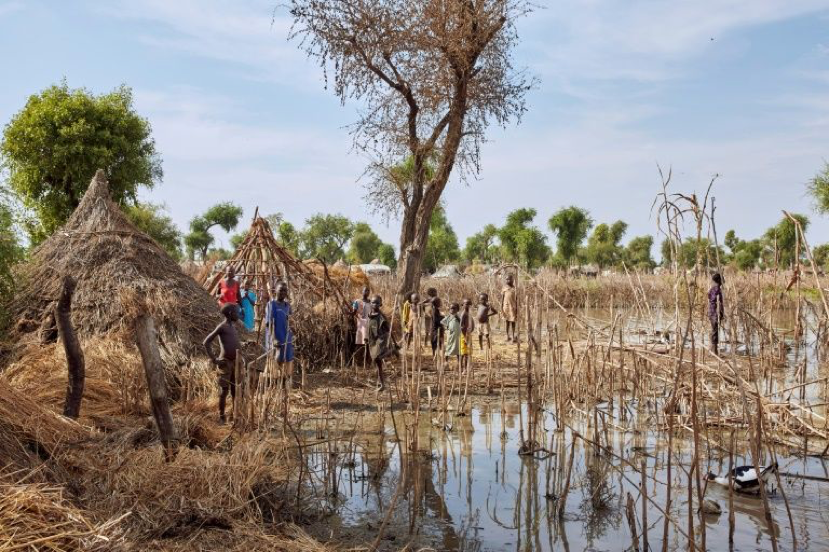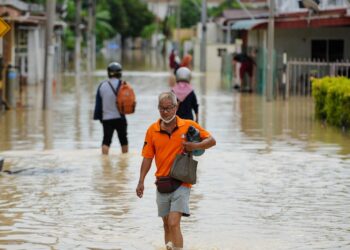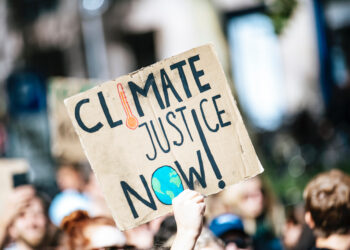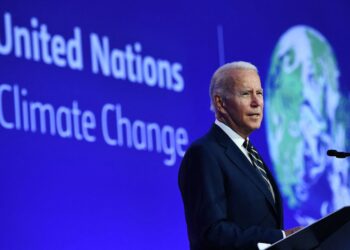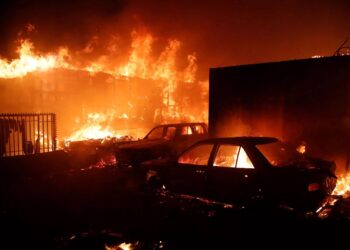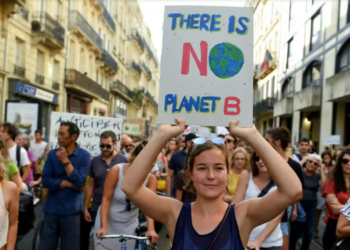World Refugee Day is celebrated annually on June 20 to raise awareness of the challenges that refugees face around the world. There are some 26 million refugees worldwide, roughly the same as the population of Australia. Studies found that by 2050, that number could be 20 times higher as a result of climate change impacts, with up to 500 million refugees.
The 1951 Refugee Convention is the key legal document that guides how countries around the world should protect refugees. However, the pact that was signed nearly seven decades ago does not mention refugees displaced by climate change, which will put hundreds of millions at risk.
It is time for a new global Refugee Convention that addresses refugees impacted by climate change.
Climate Change Refugees
World War II devastated big parts of the world and forced millions of people to leave their home countries. According to the 1951 agreement, a refugee is “someone unable or unwilling to return to their country of origin owing to a well-founded fear of being persecuted for reasons of race, religion, nationality, membership of a particular social group, or political opinion.”
But in recent years, a new type of refugees has emerged in numbers that will eventually stagger humanity. These unfortunate individuals are climate change refugees, forced to flee the forces of a different scale such as drought, flooding, global warming, sea-level rise, and extreme weather.
In places like Kiribati and Maldives, climate change impacts such as coastal erosion and saltwater intrusion have already displaced local communities. The reality of climate change is evident for all who are rationale, and the UN and many scientists have documented the impacts in shocking detail. The repercussions can displace roughly 200 million people by 2050, with some experts projecting the figure could be as high as 500 million.
The increasing number of climate refugees will create a cascade of profound global problems, including intra-state conflicts, political instability, food insecurity, and economic crisis. For example, the refugee crisis of the past years led to the rise of xenophobia and far-right movements in parts of Europe.
Legal Framework
There is currently no legal framework that protects individuals who are forced to leave their homes due to climate-induced natural disasters. The 1951 Refugee Convention does not mention climate refugees, meaning the pact does not give legal protection to such victims.
The world has made some progress concerning the protection of climate refugees. In 2018, world leaders signed the Global Compact for Safe, Orderly, and Regular Migration to protect migrants who flee their homes due to natural disasters or climate change.
My message to the @UN #SecurityCouncil ahead of #WorldRefugeeDay. pic.twitter.com/oe0lrr453B
— Filippo Grandi (@FilippoGrandi) June 19, 2020
However, the Compact is lacking teeth as it is not legally binding. Additionally, in January 2020, the United Nations Human Rights Committee ruled that “countries may not deport individuals who face climate change-induced conditions that violate the right to life.” But it is not clear how threatening the situation must be for an individual to obtain the status of an asylum seeker.
Time to Act
The 1951 Refugee Convention must be amended to include a legal definition of climate refugees. Providing people who flee their homes due to climate-induced natural disasters will give them a legal status they deserve. Additionally, the convention must clearly specify climate refugees’ rights to ensure that recipient countries protect them.
Climate refugees are a complex global problem. There is no silver bullet that can solve a problem of such magnitude, but whatever policy solutions the international community decides to craft will require a strong legal framework.
The human rights obligations inherent in UN membership implore nations to act. It is time for world leaders and the international community to urgently amend the 1951 Refugee Convention to protect the rights and dignity of climate refugees.
Disclaimer: The views and opinions expressed here are those of the author and do not necessarily reflect the editorial position of The Globe Post.

